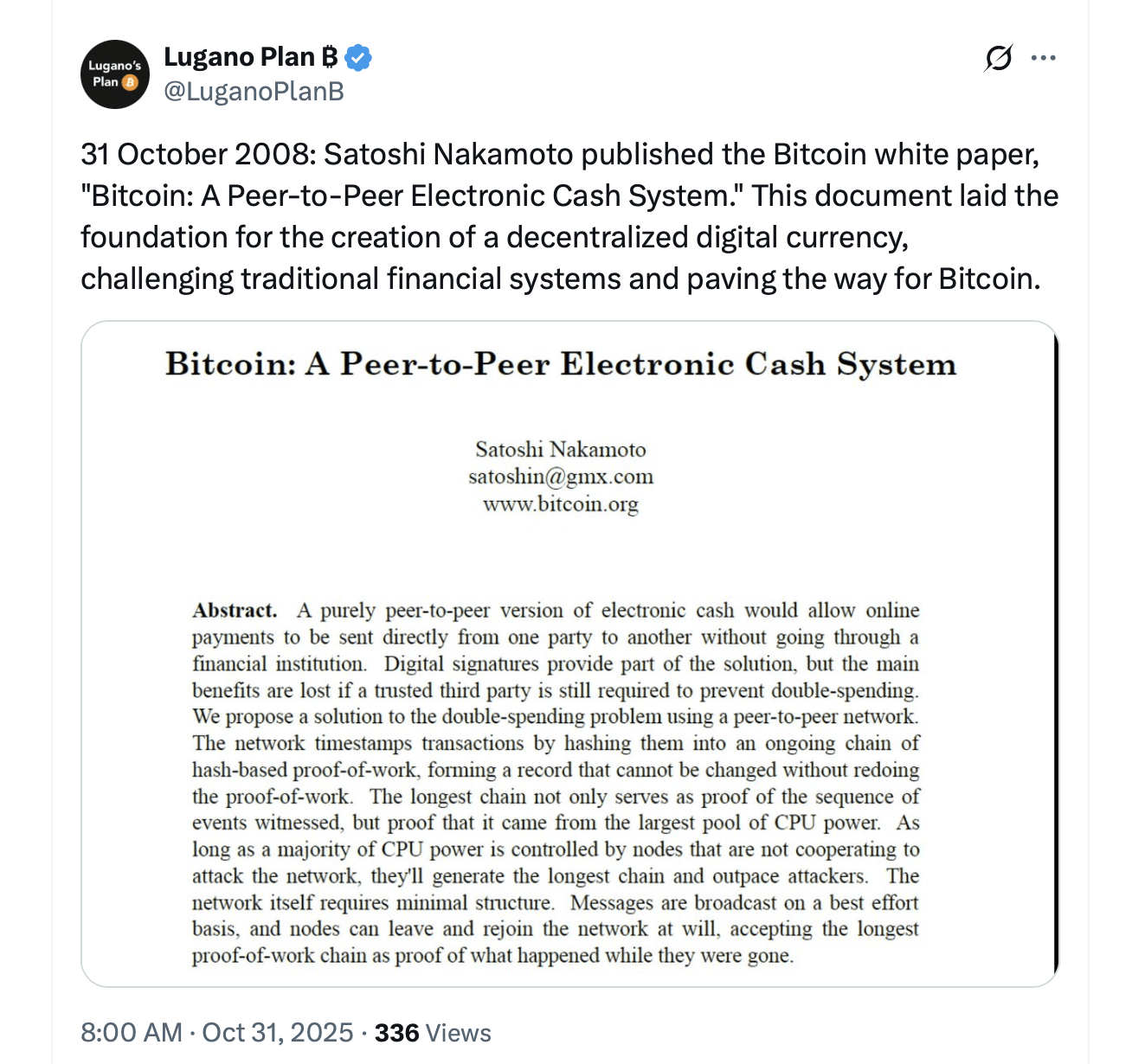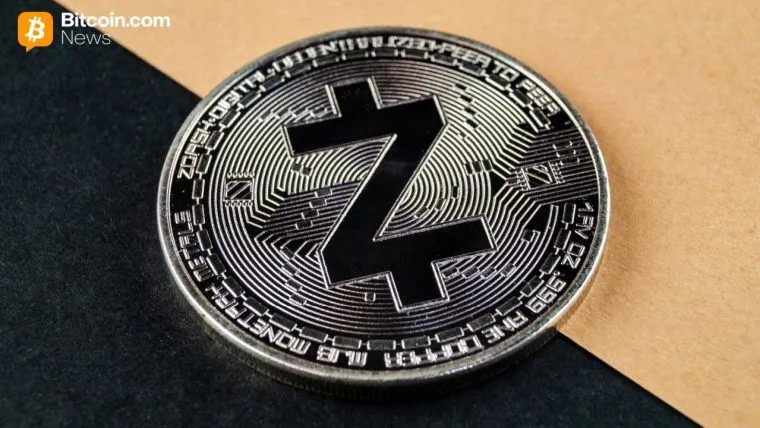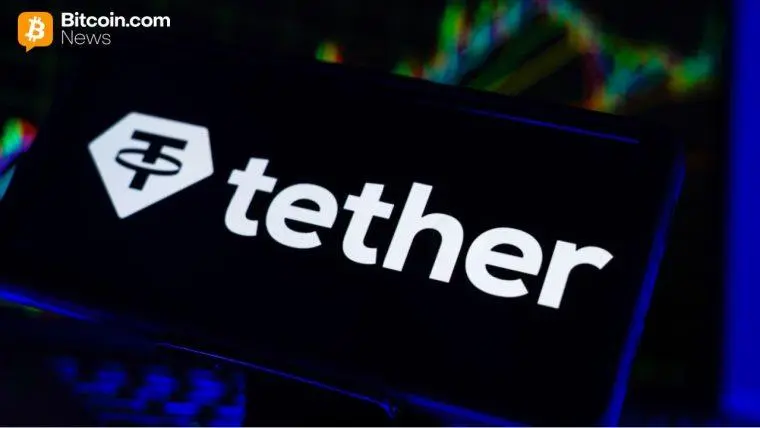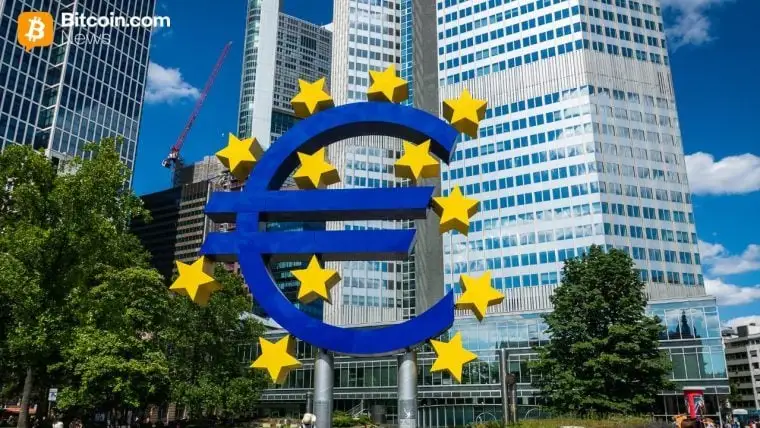Halloween is a holiday of masks, shadows, and transformations—an almost poetic date for a pseudonym to appear. When Satoshi Nakamoto introduced “Bitcoin: A Peer-to-Peer Electronic Cash System” on the cryptography mailing list that night, it wasn’t merely the birth of a new currency; it was a symbolic unmasking of trust.
Satoshi’s project replaced belief in banks with belief in math, in code, in cryptographic truth. And yet, the timing wasn’t random. As Satoshi’s own words and the inventor’s communications reveal “strategic restraint”—a meticulous sense of when and how to act. Halloween fits that personality: a date rich in symbolism, anonymity, and a pinch of mischief.

In 2008, the financial world was crumbling. Lehman Brothers had collapsed, bailouts were making front-page headlines, and distrust in central banks was at its peak. Into that chaos, Satoshi’s Halloween message read like a spell: a self-verifying system immune to the corruption of centralized power. In his words, “conventional currency relies on trust in central banks and financial institutions,” while Bitcoin “offers cryptographic proof instead of trust”.
If there was ever a night for rebellion dressed as innovation, it was Halloween 2008.
Halloween’s date has deep cultural and astronomical roots—it’s a traditional “cross-quarter day,” midway between the autumn equinox and winter solstice. In ancient Celtic lore, that midpoint marked Samhain, when the veil between worlds thinned.

Bitcoin, too, emerged from a veil—between the analog and the digital, the financial and the cryptographic. Whether by design or coincidence, Satoshi’s release synced perfectly with a night dedicated to unseen realms and transformation. The seminal white paper was, in essence, a technological Samhain: the death of financial constraints via third parties and the birth of digital autonomy.
Halloween also carries cryptographic symmetry. Around 29 years ago, the NSA’s How to Make a Mint: The Cryptography of Anonymous Electronic Cash decimated a blueprint for privacy-preserving money on Oct. 31, 1996. Twelve years later to the day, Satoshi’s white paper took those academic musings and made them real.
But where the NSA paper speculated, Satoshi executed. Bitcoin’s creator turned the theory of anonymous cash into working code, fusing peer-to-peer consensus with economic incentives. Satoshi “built mental models, referenced Moore’s law, and explained complex concepts in accessible terms”—a hallmark of a coder-teacher who preferred results to rhetoric.
Among his most famous quips came in July 2010: “If you don’t believe me or don’t get it, I don’t have time to try to convince you, sorry”. It wasn’t arrogance—it was exhaustion. For nearly two years, Satoshi had fielded endless objections about scalability, transaction speeds, and monetary design. Nakamoto‘s patience, noted throughout the inventor’s tenure, was legendary, but so was his pragmatism.
By Halloween 2008, Nakamoto had already laid out every argument in code: limited supply, trustless verification, and self-adjusting difficulty. His timing wasn’t for show; it was a launch window.
There’s an almost poetic link between proof-of-work (PoW) and the spirit of Halloween: both require effort before reward. Pumpkins don’t carve themselves, and coins don’t mint without computation. Satoshi explained that bitcoin “has value because generating them consumes electricity,” likening it to gold mining. Energy expenditure was not a flaw—it was the foundation of fairness.
That insight makes Halloween’s symbolism even richer: a festival of labor turned masquerade, of harvest turned creation.
The creator’s own words paint Satoshi as “meticulous and polite,” a coder who apologized for bugs and thanked testers for criticism. Satoshi delegated tasks to collaborators like Martti Malmi and Hal Finney, avoided fame, and even asked Gavin Andresen not to depict him as “a mysterious shadowy figure.” That humility mirrored Bitcoin’s design: leaderless, permissionless, quietly revolutionary.
When Satoshi launched the software on Jan. 3, 2009, Satoshi wasn’t seeking credit. He was, in his own words to Malmi, “moving forward.”

Halloween celebrates duality—life and death, seen and unseen. Bitcoin embodies the same. It is both currency and code, ledger and language. Satoshi engineered it as a dual-system economy: a practical tool and a philosophical statement. “There is a limited supply,” he wrote, ensuring scarcity while embedding fairness.
Each transaction was a heartbeat in a digital organism that needed no central brain. On a night obsessed with resurrection and spirits, Bitcoin was a ghost that could live forever—distributed, redundant, unstoppable.
By April 2011, Satoshi was gone. His final known email asked Andresen to emphasize that “credit is due to all the contributors,” not to him. Months later, he vanished into the ether, never to communicate privately again. In true Halloween fashion, the creator disappeared while his creation lived on—a trick worthy of any magician.
To this day, Satoshi’s anonymity remains one of Bitcoin’s greatest mystery and its purest protection. No leader, no weak point, no unmasking.
Seventeen years later, Bitcoin haunts the halls of finance more than ever. It’s studied in universities, integrated into corporate treasuries, and used as a benchmark for digital scarcity. Yet its origin story—one Halloween night in 2008—still carries an aura of the arcane.
Satoshi’s writings form a remarkably complete blueprint for Bitcoin and a rare glimpse into the thought process behind a revolutionary technology. The timing, tone, and symbolism all converge on one truth: Halloween wasn’t random. It was ritual.
Every Oct. 31, crypto enthusiasts celebrate the white paper’s release as Bitcoin’s true birthday. For some, it’s a coincidence. For others, it’s cosmic choreography—a moment when code, culture, and chaos aligned. Whether you call it destiny or design, Satoshi’s Halloween drop remains the most elegant trick ever pulled on the global financial system.
- What is the Bitcoin white paper?
A nine-page document by Satoshi Nakamoto outlining Bitcoin’s decentralized electronic cash system. - When was the Bitcoin white paper released?
It was published on Oct. 31, 2008, on the Cryptography Mailing List. - Why is Halloween significant to Bitcoin’s history?
Halloween symbolizes anonymity and transformation, echoing Bitcoin’s shift from trust to cryptography. - How many years has it been since the white paper’s release?
Seventeen years as of Oct. 31, 2025.
免责声明:本文章仅代表作者个人观点,不代表本平台的立场和观点。本文章仅供信息分享,不构成对任何人的任何投资建议。用户与作者之间的任何争议,与本平台无关。如网页中刊载的文章或图片涉及侵权,请提供相关的权利证明和身份证明发送邮件到support@aicoin.com,本平台相关工作人员将会进行核查。




